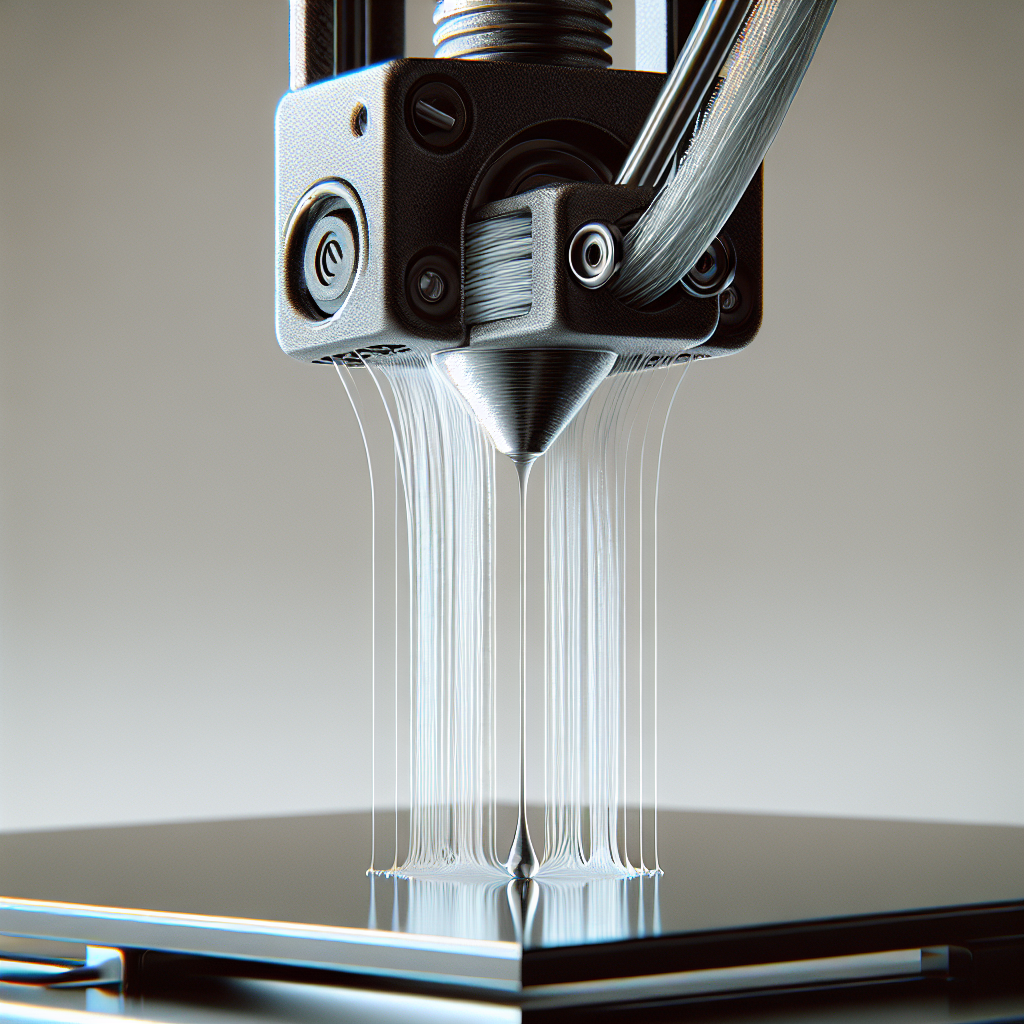Understanding Stringing and Oozing with PETG
PETG (Polyethylene Terephthalate Glycol) is a favorite material among 3D printing enthusiasts for its durability, clarity, and chemical resistance. However, PETG is also notorious for stringing and oozing issues, often more so than PLA or ABS. Stringing refers to thin threads left behind as the nozzle moves between print areas, while oozing is excess filament leaking from the nozzle during non-print moves. Mastering PETG means addressing these challenges head-on.
Key Printer Settings to Minimize PETG Stringing
1. Retraction Settings
Properly tuning retraction is the most effective way to reduce stringing:
- Retraction Distance: Start with 4-6 mm for Bowden setups, 1-3 mm for direct drive. Increase in small increments if stringing persists.
- Retraction Speed: PETG benefits from moderate speeds—between 25-45 mm/s. Too fast can cause jams, too slow can lead to oozing.
- Extra Prime Amount: Usually set to 0. If you see gaps after moves, a small positive value helps, but don’t overdo it or you’ll reintroduce oozing.
2. Print Temperature
PETG tends to flow easily at high temperatures, which is great for layer adhesion, but problematic for stringing:
- Lower the Temperature: Start at the manufacturer’s lowest recommended temperature (typically 220–240°C). Decrease in 5°C steps and perform stringing tests.
- Don’t Go Too Low: Dropping below ~215°C can cause weak interlayer adhesion and clogging.
3. Print Speed
Higher print speeds can help to some extent:
- Travel Speed: Increase travel moves to 120–150 mm/s. The quicker the nozzle moves between gaps, the less time PETG has to ooze.
- Print Speed: While overall print speed doesn’t directly affect stringing, keeping moves efficient helps reduce idle nozzle time.
4. Coasting and Wiping
Many slicers include coasting and wiping features:
- Coasting: This stops extrusion just before the end of a travel move, letting remaining pressure finish the segment. Try values between 0.1–0.5 mm³.
- Wipe Distance: Setting a wipe distance of 2–5 mm allows the nozzle to move back over the printed area after retraction, picking up stray blobs.
Printer Maintenance and Setup
1. Clean Nozzle and Hotend
A partially clogged nozzle worsens oozing. Regularly clean your nozzle and hotend. A cold pull or a nozzle cleaning needle can remove stubborn debris.
2. Dry Filament Matters
PETG is hygroscopic—if it absorbs moisture, stringing gets much worse. Store your filament in a dry box or use a filament dryer at 55°C for 4–6 hours before printing.
3. Calibrate Extruder
Over-extrusion increases the likelihood of stringing. Calibrate your extruder steps/mm and flow rate (E-steps) to ensure you’re not pushing too much filament.
Advanced Tips and Fine-Tuning
- Enable “Combing”: In your slicer, enable combing so travel moves stay within the printed part, reducing the chance of strings appearing in open spaces.
- Test Different Brands: Not all PETG is created equal. Some brands or colors string more than others. If persistent, try another spool.
- Upgrade to a Better Hotend: A quality all-metal hotend with a smooth internal melt zone can reduce hangups and excess oozing, particularly with PETG blends.
Post-Processing: Dealing with Leftover Strings
Even with perfect settings, a few stray hairs may appear. Remove them with a heat gun (brief passes at 200°C) or trim carefully with tweezers or a hobby knife. Sanding is usually unnecessary unless you want a perfectly smooth finish.
Conclusion
PETG rewards careful dial-in with strong, beautiful prints, but it demands attention to detail. By methodically adjusting retraction, temperature, travel speed, and keeping your filament dry, you’ll drastically reduce stringing and oozing. Remember: always change one variable at a time and test—a small stringing tower is a great diagnostic tool. With patience and practice, your PETG prints will be as clean as they are tough.

Leave a Reply